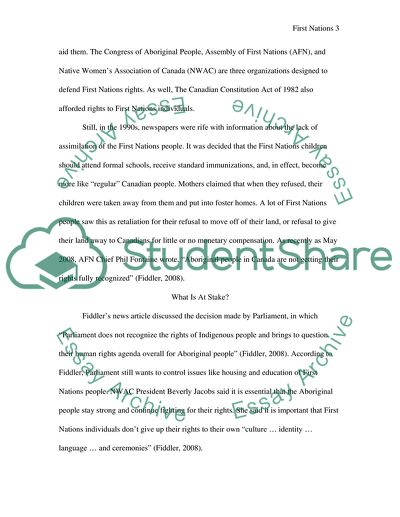Cite this document
(n.d.)
Retrieved from https://studentshare.org/miscellaneous/1550086-mental-health
Retrieved from https://studentshare.org/miscellaneous/1550086-mental-health
()
https://studentshare.org/miscellaneous/1550086-mental-health.
https://studentshare.org/miscellaneous/1550086-mental-health.
n.d. https://studentshare.org/miscellaneous/1550086-mental-health.


